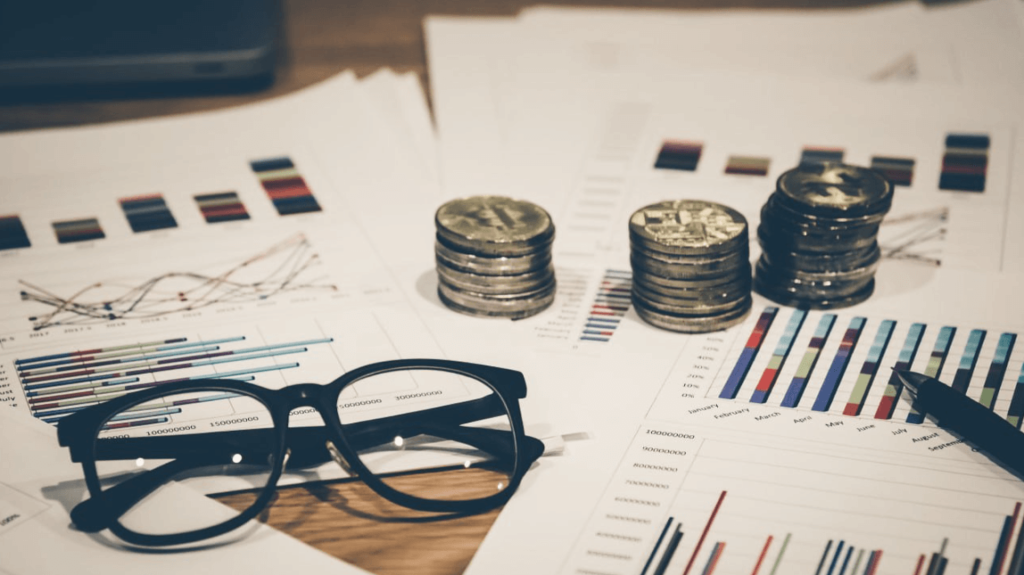How to trade forex using fundamental analysis

There are several ways to trade in the forex market. Forex trading is not a one size fits all capital market. While some traders like to use past price action to help speculate on future price movements, others focus on fundamental analysis to determine where an exchange rate could move. You might even consider using a combination of fundamental and technical analysis to help your forex trading. The fundamental analysis could include such things as interest rates, economic strength, and capital flow to help gain insight into the future direction of a currency pair.
What is Fundamental Analysis?
Fundamental analysis evaluates an asset’s intrinsic value to determine whether it is overvalued, undervalued, or fairly valued. To perform fundamental analysis, you can look at various factors including the performance of the currencies’ sovereign economies. You might also look at the interest rate differential between the two currencies in the currency pair, as well as capital flows by evaluating the performance of a country’s equity markets.
What are Interest Rate Differentials, and Why are They Important?
One way to use fundamental analysis to evaluate the potential future direction of an exchange rate is to use interest rate differentials. An interest rate differential is a difference between two countries’ sovereign interest rates. For example, the difference between the 10-year treasury yield and the Japanese Government 10-year bond is an example of an interest rate differential. You can see from the chart of the USD/JPY versus the 10-year yield treasury bond minus the 10-year Japanese government bond, and in many instances, the yield differential leads the movements in the currency pair.
One of the reasons the interest rates differential leads the currency pair is that it is used to generate the forward curve. The forward currency pair rate is the rate you would need to pay if you wanted to purchase or sell a currency pair at some date longer than the spot date. The spot date is the benchmark for when a currency is delivered to a counterpart within two business days. When you trade money in the interbank market, it’s expected that you are willing to provide currency to your counterpart by the spot date.
If you want to hold your currency and not deliver it on the spot date but instead deliver currency at a date beyond this point, you need to trade in the forward market. The forward rate incorporates all currency transactions that deliver longer than two business days.
How Are Forward Rates Calculated?
The forward rates that are used to determine the rate that you would trade for a future date that is longer than two business dates are through interest rate differentials. For example, if you want to trade the USD/JPY and have delivery of your currency in one month, you would need to either add or subtract the forward points to the spot rate to find out the rate you would receive in the future. Forward points and the interest rate differentials are calculated using each currency’s sovereign interest rates. Sovereign interest rates are benchmarked by a central bank but trade in the secondary market. If a country’s interest rate moves lower relative to another, it becomes less attractive to own. You will need to pay away interest if you hold the lower-yielding interest rate. For example, if the dollar yields 2% in one month and the yen yields zero, to own the yen versus the dollar for one month you would need to pay 2%.
What Else Fundamentally Moves a Currency Pair?
Interest rates and currencies are also driven by the strength of each currency’s economy. Strong growth and elevated inflation are usually economic situations that increase interest rates and create a robust currency. As growth in an economy rises, the interest rates for that currency typically rise in tandem with the value of a currency. If one country’s growth slows while another one rises, the strengthening economy usually sees a stronger currency.
Capital flows are another function that can help determine fundamental value. For example, if the U.S. stock market is rising, investors usually want to purchase shares and to do this, they will need to buy dollars. The more attention the stock markets receive, the more capital will flow into the stock market, increasing the U.S. dollar value.
The Bottom Line
The upshot is that there are several ways to evaluate forex trading. Fundamental analysis is one of the more popular ways to assess the potential future direction of a currency pair. Several categories of fundamental research are used to determine which way an exchange rate could move. One of the more popular ways is to use interest rate differentials to track the futures movements of an exchange rate.
This practice requires that you follow the sovereign interest rates of each currency and have a view of the future direction of a country’s interest rates. Generally, as the interest rate differential moves in a particular direction, one country’s currency becomes more attractive, as investors will need to pay away interest to own a currency pair. Capital flows also drive a currency pair. Like assets in a country rise, investors tend to purchase that currency to invest in, driving up its value.







